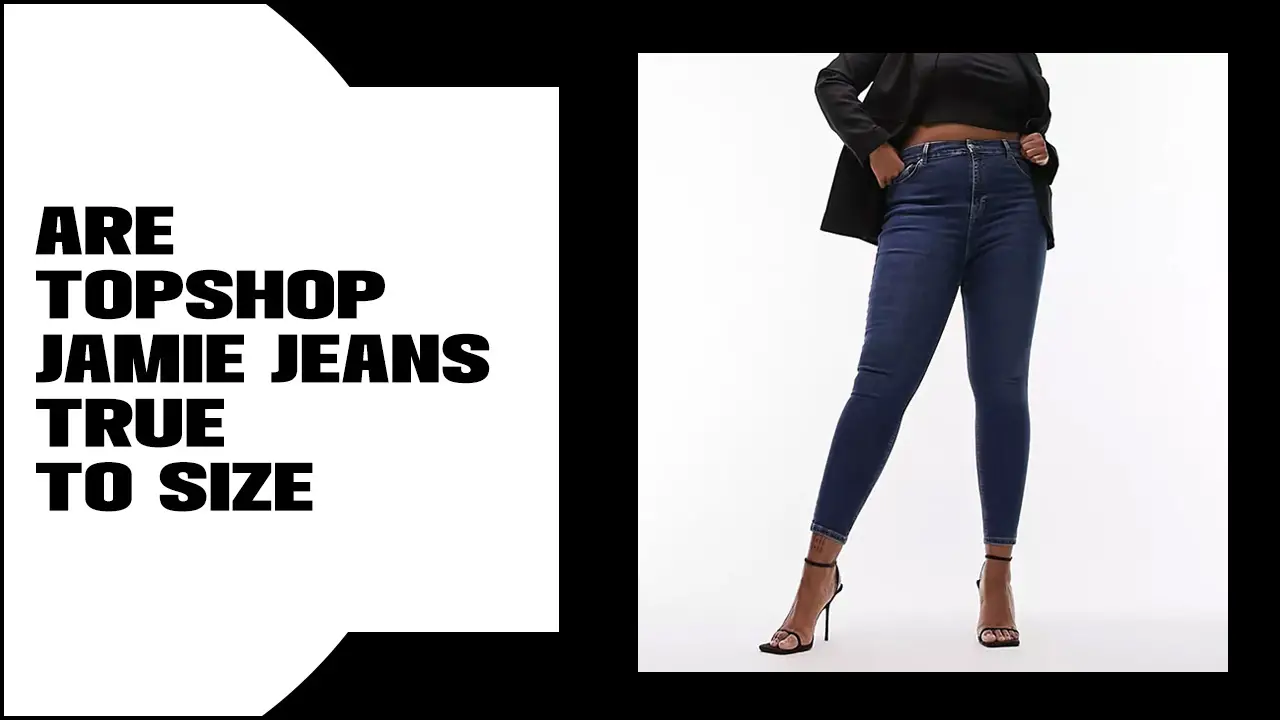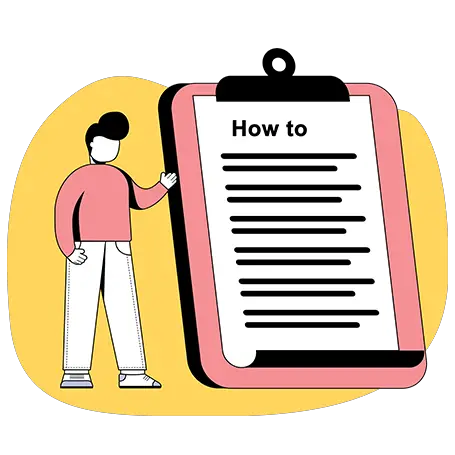Dress codes in educational settings aim to promote a professional atmosphere and maintain appearance standards. This often includes restrictions on wearing jeans for teachers. These dress codes aim to reinforce a sense of authority and professionalism within the classroom.
Examining these policies helps us understand their impact on education and the balance between personal expression and professional standards. This exploration examines how school dress codes impact interactions and perceptions in education.

Why Can’t Teachers Wear Jeans? An In-Depth Analysis
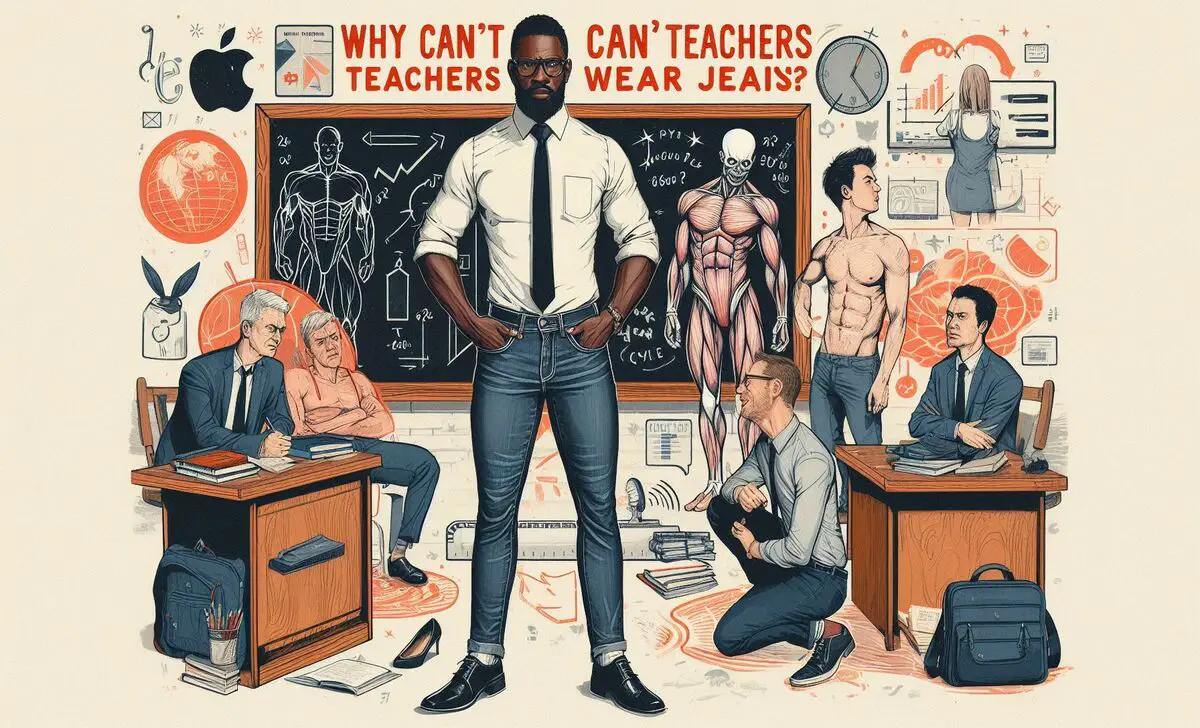
Many schools implement dress codes prohibiting teachers from wearing jeans to maintain a professional appearance in the classroom. Schools often require all teachers, including male teachers, to adhere to a dress code that reflects their role as educators.
The idea is that dressing more formally, especially for substitute teachers stepping in unexpectedly, helps foster an environment of respect and authority. Consequently, schools often encourage teachers to choose more polished and professional clothing, which can sometimes exclude casual items like jeans.
Historical Context
The evolution of teacher dress codes reflects changing societal expectations and professional norms. Historically, schools expected educators to dress formally to project authority and maintain a clear separation from students.
As fashion evolved, including the rise of casual wear like skinny jeans, the rigidity of these dress codes began to shift. However, many schools still uphold traditional standards, often disallowing jeans to preserve a formal “teacher outfit” and uphold a sense of professionalism.
Professionalism In Teaching
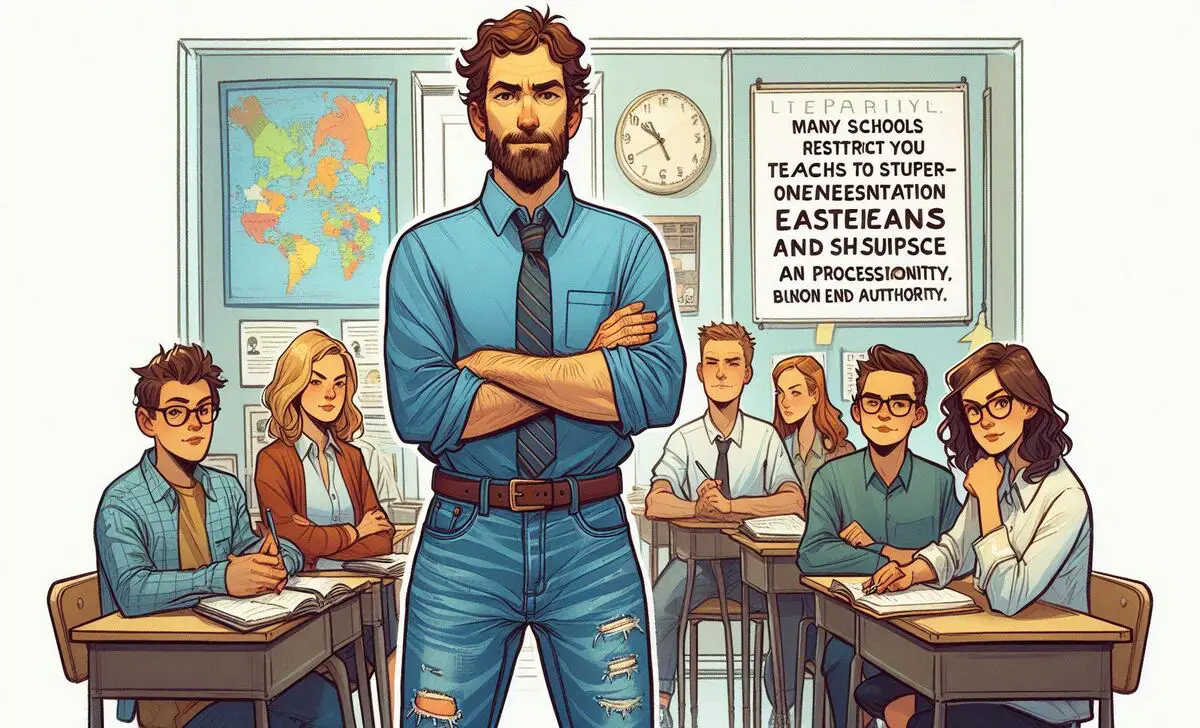
Many schools restrict jeans, especially blue and ripped ones, to maintain professionalism and authority. For both full-time teachers and substitute teachers, the attire chosen plays a crucial role in shaping students’ perceptions of authority and respect.
People often scrutinize female teachers’ clothing choices, as attire that appears too casual can undermine their perceived professionalism. People often link jeans with casual, non-professional environments, which can affect how seriously students and colleagues regard the teacher.
Dress Codes And School Image
High school dress codes often prohibit teachers from wearing casual jeans, requiring formal trousers, shirts, and professional attire instead. This policy aims to maintain a professional atmosphere that reflects the values and culture of the school, enhancing its image and reputation.
By setting a standard for teacher attire, schools strive to underscore the importance of professionalism and authority, which can positively influence the learning environment. Well-defined dress codes help ensure that the school environment remains focused on education, potentially impacting students’ behaviour and engagement by setting a tone of seriousness and respect.
Practical Concerns
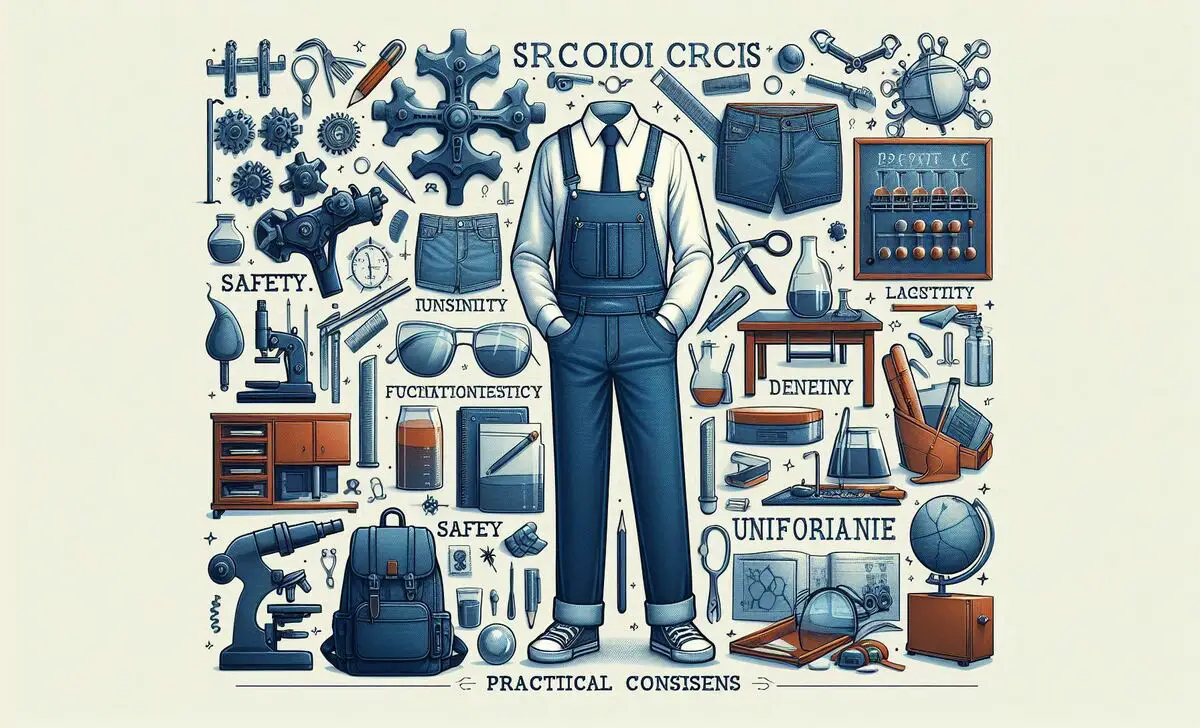
Practical concerns often drive the restrictions on jeans within school dress codes. Safety, functionality, and uniformity are key reasons for such policies. For instance, jeans may not always meet the safety standards required in certain environments, such as science labs or art rooms, where durable and protective attire is essential.
Additionally, a more formal dress code, including dress pants and dress shirts, helps maintain a professional atmosphere, reinforcing the authority of educators. A more relaxed dress code might be permissible for non-teaching staff, but teaching roles often demand a more structured appearance to foster respect and discipline. People prefer pencil skirts and formal shoes for their practicality and neat, professional look.
Cultural And Regional Differences Regarding Dress Code Policies
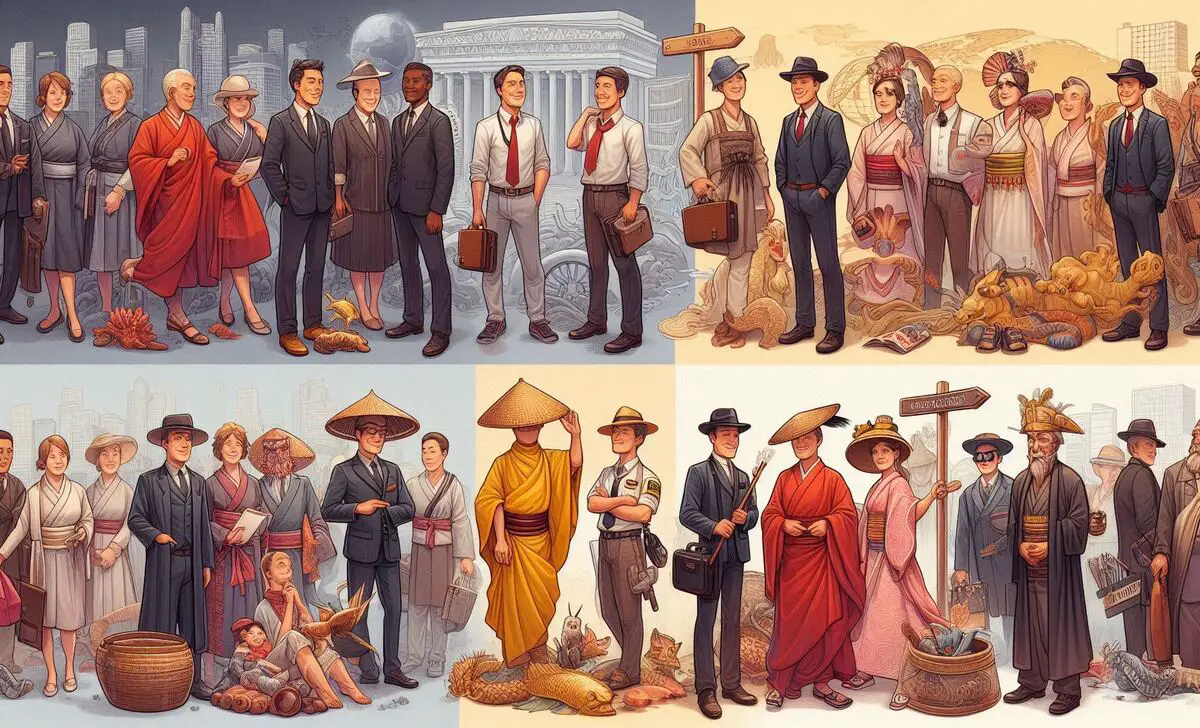
Dress code policies for teachers often reflect the cultural and regional expectations of professionalism in different educational institutions. In some areas, formal attire like dress shoes and slacks is required to maintain decorum and authority in the classroom. However, these policies can vary significantly based on local norms and cultural influences.
In regions with relaxed dress codes, teachers may wear jeans if paired with appropriate, comfortable shoes. Balancing professional appearance and comfort depends on community values and expectations, highlighting diverse dress code standards across regions and cultures.
Conclusion
The debate on teachers wearing jeans highlights the struggle to balance professionalism and practicality in educator attire. Dress codes, often influenced by cultural and regional norms, aim to project authority and maintain a formal environment in educational institutions.
However, there’s a growing recognition of the need for comfort and practicality, prompting discussions about more flexible dress codes. As attitudes evolve, future trends may shift towards more inclusive policies that align with professional standards and teachers’ needs.
Frequently Asked Questions
1.Why Are Jeans Considered Unprofessional For Teachers?
Jeans are often viewed as casual wear, which can conflict with the professional image schools aim to uphold. Many educationists believe that formal attire, such as slacks and loafers, helps establish authority and fosters a more serious learning environment. This view is common for professional roles, like English teachers, who are expected to model decorum.
2.Do Dress Codes For Teachers Vary By Region?
Yes, dress codes vary significantly based on region, culture, and the specific policies of individual school districts. Formal attire, such as dress shoes and slacks, is strictly enforced in some areas, while others may adopt a more flexible new dress code, allowing teachers to wear jeans or other casual wear.
3.Can Teachers Wear Jeans On Special Occasions Or Casual Fridays?
Many schools permit jeans on special occasions, such as casual Fridays or school spirit days. Teachers often choose comfortable jeans with pullover sweaters or tights for a relaxed yet appropriate look.
4.How Do Dress Codes Impact Teachers’ Authority In The Classroom?
Professional attire can enhance a teacher’s authority and the respect they receive from students. Formal wear, like dress shoes and slacks, can project authority. Some schools are exploring how comfortable clothes and relaxed dress codes, such as jeans, can maintain authority and foster a positive environment.
5.Is There A Growing Trend Toward More Casual Dress Codes For Teachers?
Yes, some schools are trending towards more casual dress codes. As attitudes towards professionalism evolve, schools are re-evaluating their policies to accommodate more comfortable attire, including jeans. This shift aims to balance professionalism with practicality, reflecting a more relaxed and flexible approach to teacher dress codes.








